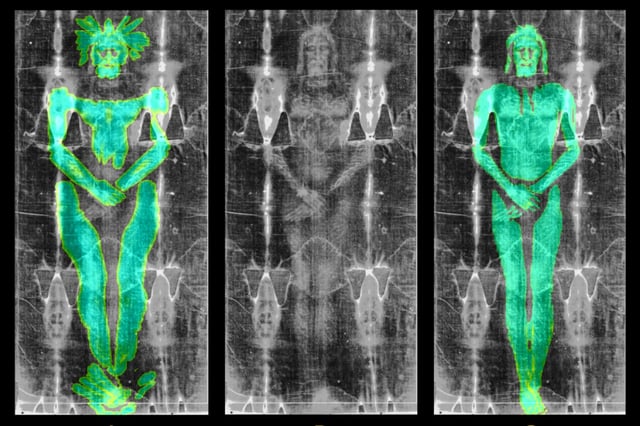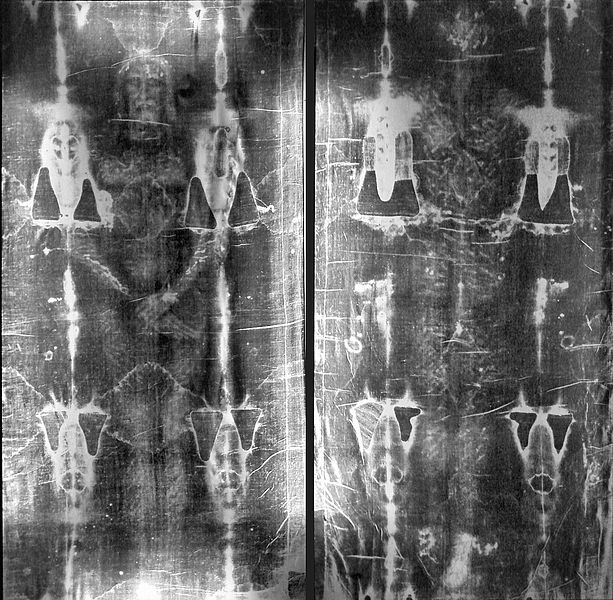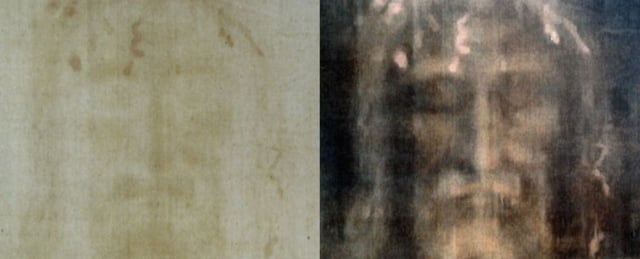Overview
- In an August 2025 paper in Archaeometry, Brazilian researcher Cícero Moraes applied open-source 3D modeling and fabric dynamics to test how the Shroud’s image could form from different contact scenarios.
- The low-relief model produced imprint patterns that closely align with the shroud’s contours, while simulations of a fabric wrap over a human form showed the wider, stretched distortions known as the Agamemnon Mask effect.
- Moraes focused on image formation techniques instead of direct dating, intentionally avoiding the contentious chronology debates surrounding the relic.
- The findings reinforce a hypothesis from the 1970s that the shroud’s faint spectral image may result from pigment transfer on a bas-relief surface rather than an actual body impression.
- This study intensifies longstanding authenticity debates by underscoring a medieval art origin and contrasting earlier first-century origin claims.


